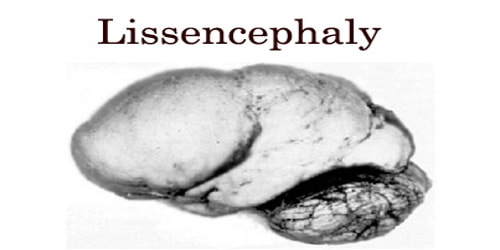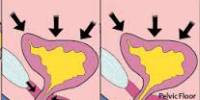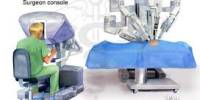Lissencephaly
Definition: Lissencephaly is a genetic disorder of the brain in which the brain does not develop the folds and grooves that is needed for normal functioning of the brain. It is an extremely rare condition and affects the mental development of the child to a significant degree.
The word lissencephaly is derived from the Greek λισσός lissos meaning “smooth” and encephalos meaning “brain”. It is caused by defective neuronal migration during the 12th to 24th weeks of gestation resulting in a lack of development of brain folds (gyri) and grooves (sulci). It is a form of the cephalic disorder.
A child with the disorder may have an unusual-looking face or a hard time swallowing, among the many health issues it can cause. It can be life-threatening for some kids, but other children grow into adulthood.
Lissencephaly has been classified into three types which are type I, II, and III of which type I is the most severe and type III is the mildest form of Lissencephaly. The treatment for Lissencephaly is mainly supportive and there is no clear-cut cure for this condition.
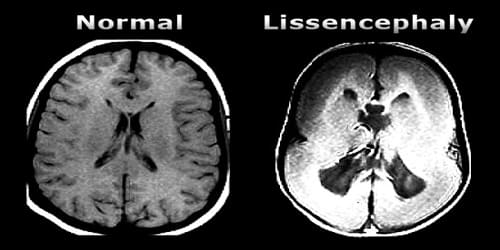
Causes, Sign, and Symptoms of Lissencephaly: Lissencephaly is often considered a genetic condition, though sometimes a viral infection or poor blood flow to the fetus may cause it. There are also a number of genetic causes of lissencephaly, including mutation of the reelin gene (on chromosome 7), as well as other genes on the X chromosome and on chromosome 17. Genetic counseling is usually offered if there is a risk of lissencephaly, coupled with genetic testing.
Lissencephaly develops when a fetus is 12 to 14 weeks old. During this time nerve, cells begin to move to other areas of the brain as it develops. But for fetuses with lissencephaly, the nerve cells don’t move.
The condition can occur on its own. But it’s also associated with genetic conditions such as Miller-Dieker syndrome and Walker-Warburg syndrome.
A child born with Lissencephaly may have an extremely small head but this is not so in all the cases of Lissencephaly. Some of the other symptoms of Lissencephaly are:
- Problems with feeding
- Failure to thrive
- Not reaching developmental milestones on time
- Intellectual disability
- Deformed fingers or hands
- Persistent muscle spasms
- Psychomotor retardation
- Frequent bouts of seizures
- Dysphagia.
Some kids may never be able to sit, stand, walk or roll over. They might have poor muscle tone. Their hands, fingers, or toes may be deformed.
Other people, however, may develop normally and show few signs of a learning disability.
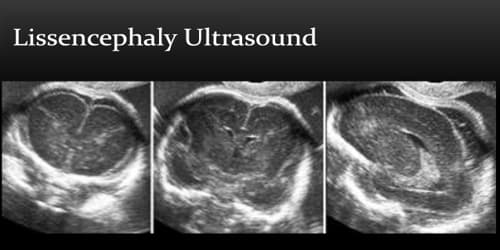
Diagnosis and Treatment of Lissencephaly: Doctors use brain scans to diagnose it. These may include a CT scan, MRI, or EEG (electroencephalography).
After a doctor confirms a diagnosis, genetic testing might find a mutation that caused the condition.
Brain smoothness is called agyria, and brain groove thickening is called pachygyria. A grade 1 diagnosis means that a child has generalized agyria, or that most of the brain is affected. This occurrence is rare and results in the most severe symptoms and delays.
Most children affected have grade 3 lissencephaly. This results in thickening on the front and sides of the brain and some agyria throughout the brain.
The prognosis for children with lissencephaly varies depending on the malformation and severity of the syndrome. Many individuals remain in a 3– 5-month developmental level. Life expectancy is short and many children with lissencephaly will die before the age of 10. Some children with lissencephaly will be able to roll over, sit, reach for objects, and smile socially. Aspiration and respiratory disease are the most common causes of illness or death.
There is no cure for Lissencephaly and the treatment aims at providing support and comfort to the child. Children who have problems with feeding and have difficulty swallowing food may need an NG tube placed for nutritional purposes.
In cases where a child has hydrocephalus due to Lissencephaly then surgery may be required to drain the excess fluid accumulated in the brain. Medications will be required to control seizures as a result of Lissencephaly.
Information Source:
